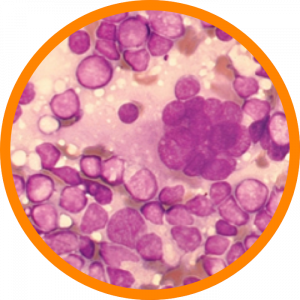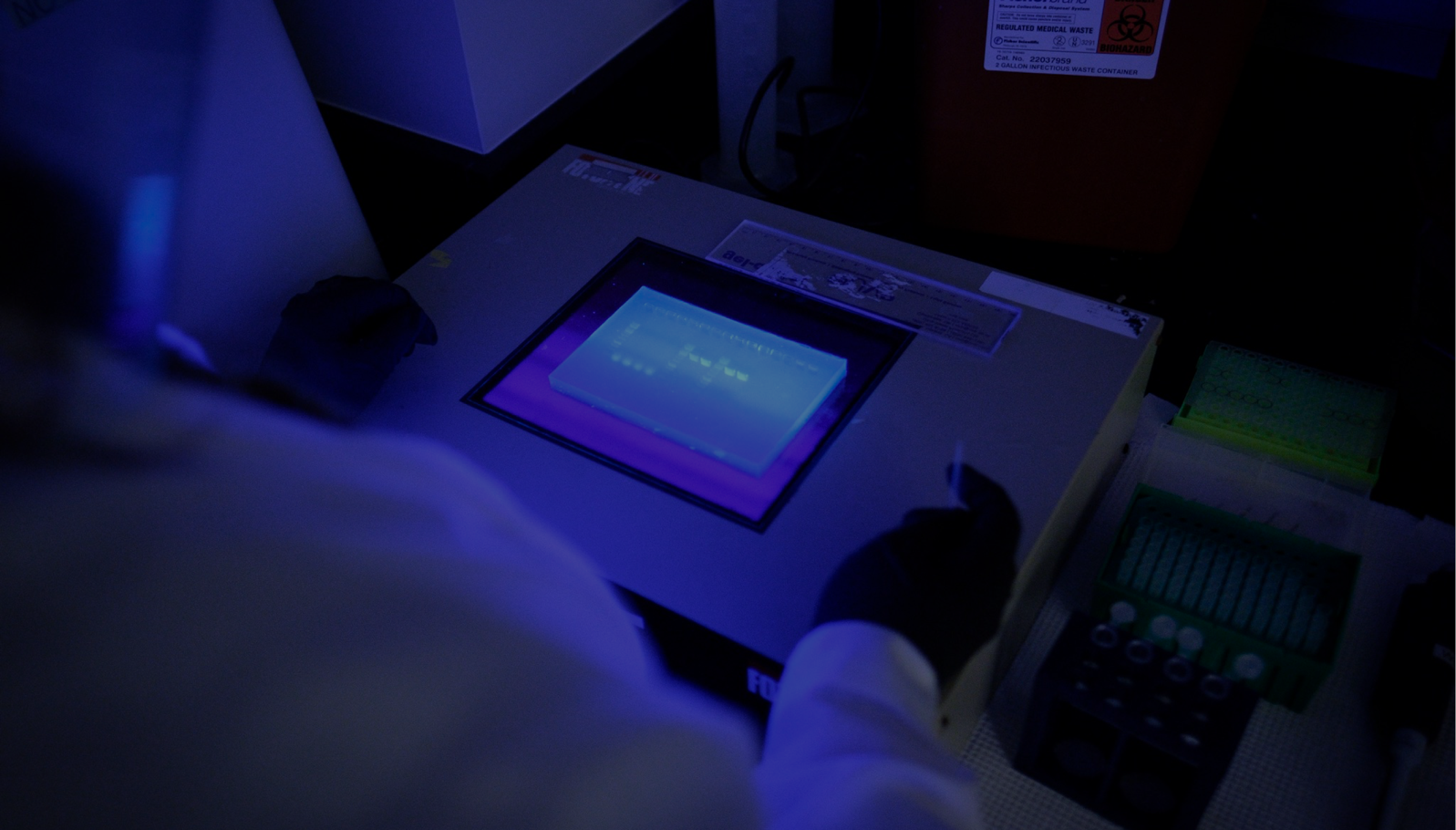Overview

Infection with HIV occurs through the transfer of blood, semen, vaginal fluid, pre-ejaculate, or breast milk. Within these bodily fluids, HIV is present as both free virus particles and within infected immune cells.
In 2017, the WHO estimated that approximately 36.9 million people were living with HIV. Since the first diagnosis in the 1980s, approximately 35 million have died from the disease.
HIV infects cells that help form the human immune system including T cells (specifically CD4+ T cells), macrophages, and dendritic cells. An HIV blood test can determine infection 4-6 weeks after transmission. Treatment options include antiretroviral therapy (ART), which controls viral replication within a person's body. ART allows HIV+ individuals to live healthy, productive lives.
The most advanced stage of human immunodeficiency virus (HIV) infection is Acquired Immunodeficiency Syndrome (AIDS). AIDS is a condition in humans in which progressive failure of the immune system allows life-threatening opportunistic infections and cancers to thrive.
Source: World Health Organization
OUR FOCUS
HIV research at CERID is focused on disease pathogenesis and genetic susceptibility.
Associated labs



